Embracing a Systematic, Inclusive, and Data-Driven Method for Impactful Discovery
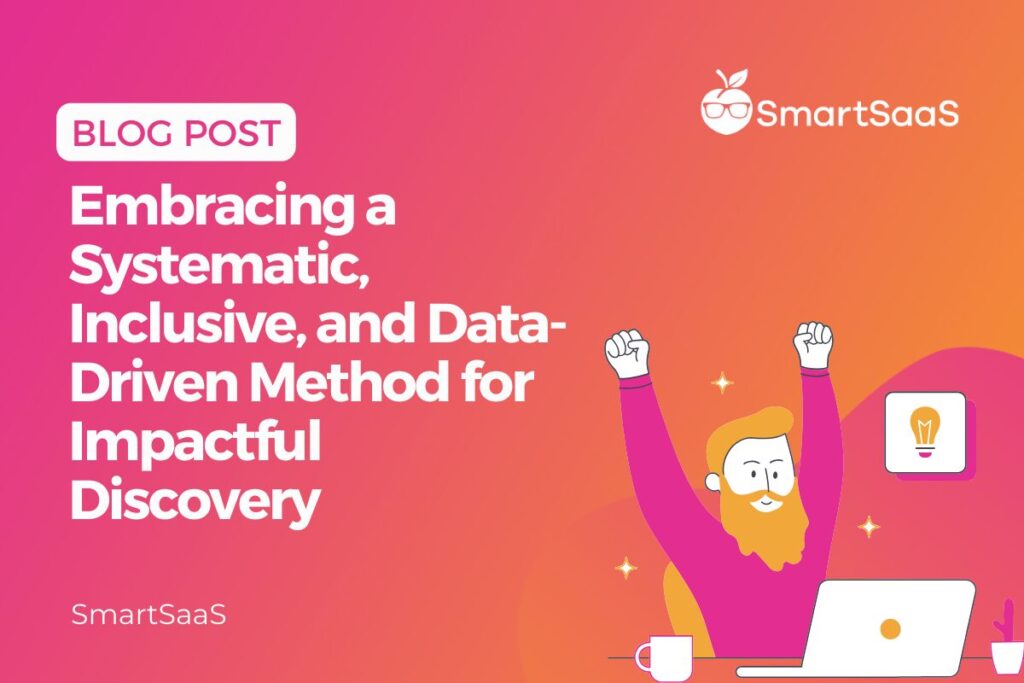
When developing a minimum viable product (MVP), adopting a data-centric approach is crucial to ensure that your MVP not only provides real value to users but also facilitates significant insights along the way. In this blog post, we’ll guide you through the process you should adopt during this stage in the startup journey.
By formulating clear hypotheses, conducting comprehensive research, and effectively linking back insights to your initial assumptions, you can create an MVP that stands out with its innovative and impactful ideas. Arm yourself with these structured steps to confidently move forward, saving valuable time and resources in the process.
Why a Data-Driven Approach Matters
MVPs should test hypotheses, not just simple assumptions. Building products based on untested assumptions around customer needs, desired features, and market viability is risky and inefficient. Instead, use a methodical, data-driven approach to uncover meaningful insights and better use your limited resources.
Step 1: Write Out Each Hypothesis
The first step in creating a minimum viable product (MVP) is to clearly identify and articulate your assumptions and hypotheses about your product, target customers, and market. Being as specific as possible will provide the clarity to guide your MVP.
For each major feature or aspect of your product, write out the underlying hypotheses and assumptions in a detailed manner.
Here are some examples of hypothesis statements:
- Our target customer segment is small business owners with 10-50 employees selling B2B services. We assume these customers want to scale sales but need more resources.
- We hypothesize that our core lead generation feature will provide value to target customers because it helps to identify and qualify new potential leads automatically.
- We assume our customers will pay $50/month for the basic lead generation plan based on comparable tools. We can test pricing tiers.
- Our value proposition is providing small B2B companies with an easy way to generate more qualified leads to grow sales. We assume our customers mostly care about increasing sales.
- We hypothesize that customers will highly value our integrated email sequencing feature for automating follow-up with leads. This can increase conversion rates.
- We assume customers will pay 20% more for our sales acceleration coaching add-on if we position it as high-touch support.
The goal is to ensure every major assumption and hypothesis around your product, customer, and market is clearly stated upfront. This clarity enables you to test each assumption with your MVP experiments effectively.
Step 2: Execute Research and Discovery
thorough research will be an integral part of the discovery process. You can gather information online, conduct market surveys, make discovery calls, or even utilize a user test interview.
Ensure you are well-versed in the precise execution of these procedures:
Online Research
Conduct market research to size opportunities, analyze competition, identify customer needs, and assess industry trends. Useful resources include:
- Market reports – Firms like Nielsen, Gartner, or Statista provide comprehensive market reports and industry analysis.
- News articles – Major news outlets such as The New York Times, BBC, or Reuters often publish articles covering current events and trends.
- Product reviews – Websites like Amazon, Yelp, or specialized review platforms (e.g., CNET for tech products) host user-generated product reviews that can offer insights into customer opinions and experiences.
As soon as you have the data you need, look for patterns and insights to validate or refute your hypotheses.
Market Surveys
You can also run statistically significant market surveys to gather data on customer preferences and pain points. To flawlessly execute this, you must first consider the following factors below.
- Survey Design: Develop well-structured surveys with meticulous attention to detail. Craft precise and unbiased questions that are designed to elicit meaningful responses. Consider utilizing a mix of open-ended and closed-ended questions to capture both qualitative and quantitative data. Ensure that the survey design aligns with your research objectives.
- Survey Platform Selection: Choose a reputable survey platform like Pollfish, which can provide access to a diverse and broad audience. Ensure that the platform offers features for targeting specific demographics or geographic regions to enhance the representativeness of your sample.
- Data Collection: Conduct surveys using various data collection methods, such as online questionnaires, telephone interviews, or in-person interviews, depending on your target audience and the nature of your research. Implement measures to validate and verify responses to maintain data integrity.
Discovery Calls
Use discovery calls to have in-depth conversations with potential customers.
Aim for at least 30 calls to identify common themes and feedback. Take detailed notes on each call about their experiences, pain points with current solutions, and reactions to your proposed idea. Look for trends across multiple calls to identify the most vital customer problems to solve.
Follow this process for conducting effective and insightful discovery calls:
- Based on your hypotheses, write out specific discovery questions to validate or invalidate each assumption.
- Reach out through your network, inbound leads, or outbound campaigns to schedule discovery calls. Frame the purpose as learning from their expertise, not pitching your product.
- Use a call recording tool like Chorus, Jimminy, Avoma or, Fireflies to document conversations.
- Track insights from each call and map back to hypotheses to reject or validate them.
- Translate consistent learnings into product requirements and your roadmap.
User Tests and Interviews
This is the most effective form of research you can do to gather information for your MVP. You can develop prototypes and minimal product functionality to test with real users. Observe how they interact with your product and where they struggle. Follow up with interviews asking about their experience. Look for areas of confusion and friction.
Testing with end-users gives invaluable feedback for iterating on the product before full development.
Guidelines for Conducting User Interviews:
- Establish a Comfortable Atmosphere: Begin the interview by creating a relaxed and friendly environment. Initiate with some casual conversation to put the participant at ease. This helps build rapport and sets a comfortable tone for the interview.
- Structured Approach with Flexibility: Plan your interview with a structured framework in mind. Prepare a set of core questions to cover your main objectives. However, remain open to deviating from the script when necessary. Valuable insights often emerge from spontaneous follow-up questions that delve deeper into the participant’s responses.
- Avoid Leading Questions: Be cautious about phrasing questions that might lead participants to specific answers. Instead of asking, “What did you like about the feature?” which assumes a positive sentiment, opt for neutral, open-ended questions like, “What are your thoughts on the feature?” This approach encourages honest and unbiased responses.
Always Remember, discovery is more than just a one-and-done process. As you build initial functionality, continue looping through hypothesis testing and iteration. Stay nimble; be willing to throw out features not aligning with a validated hypothesis and avoid feature creep or over-engineering your MVP.
Step 3: Reject and validate each hypothesis
The final step is to reject or validate each hypothesis based on your research findings and data. Avoid operating based just on hunches or assumptions. Let the insights uncovered from your rigorous hypothesis testing inform your product development and go-to-market strategy.
For hypotheses that were validated, this signals you are on the right track. Double down and continue building features, messaging, and targeting that align with the proven assumptions.
Meanwhile, if specific hypotheses were invalidated, quickly adapt. Pivot your approach to align with what users and data indicate they need or respond to. Continuing down a path that contradicts your findings is a recipe for building something no one wants.
To wrap up
Adopting a disciplined, data-oriented strategy is crucial in the creation of your MVP. It’s important to establish well-defined hypotheses about your customers, market, and product to provide a clear path for your efforts.
Conducting thorough research through various methods is essential to test your assumptions. Then, based on your findings, you should either confirm or refute these hypotheses, guiding the direction of your product roadmap and strategy.
At SmartSaaS, we advocate for embracing this methodical, varied, and data-centric approach to achieve meaningful discoveries. This methodology not only conserves time and resources but also supports making well-informed decisions that could lead to the successful launch of your product. By proceeding systematically, you can identify and tackle potential challenges early on, paving the way for a more streamlined and successful product launch.

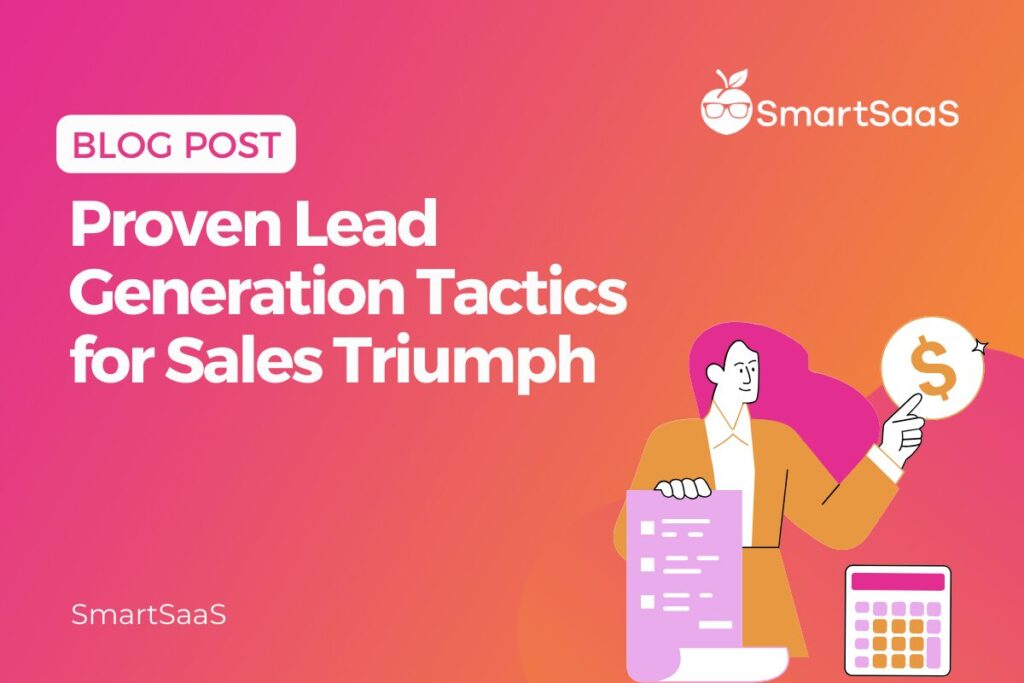
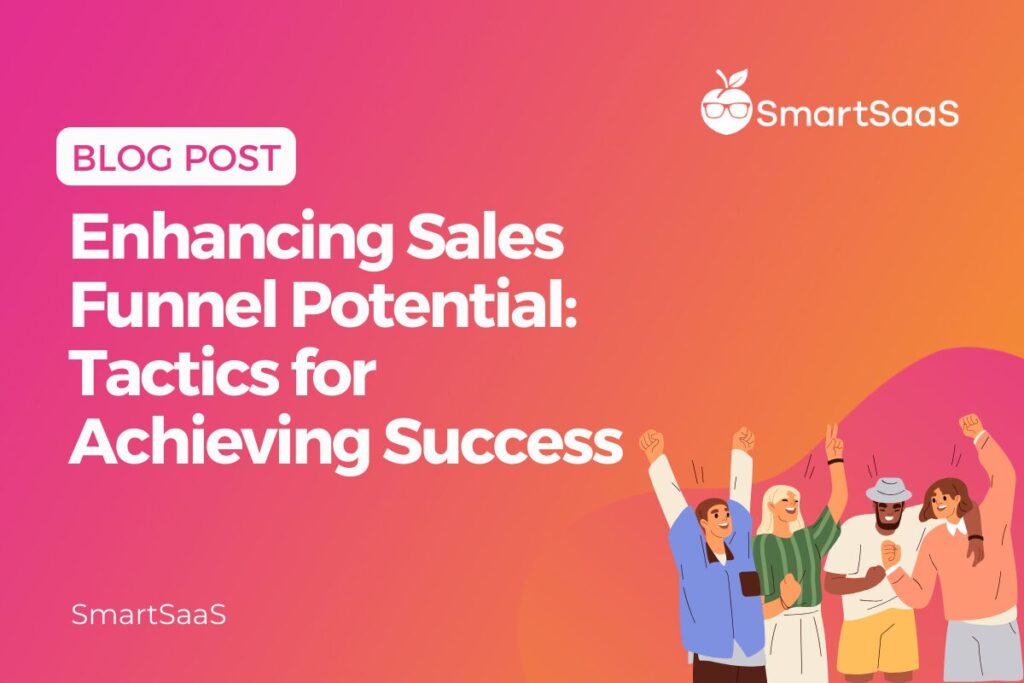
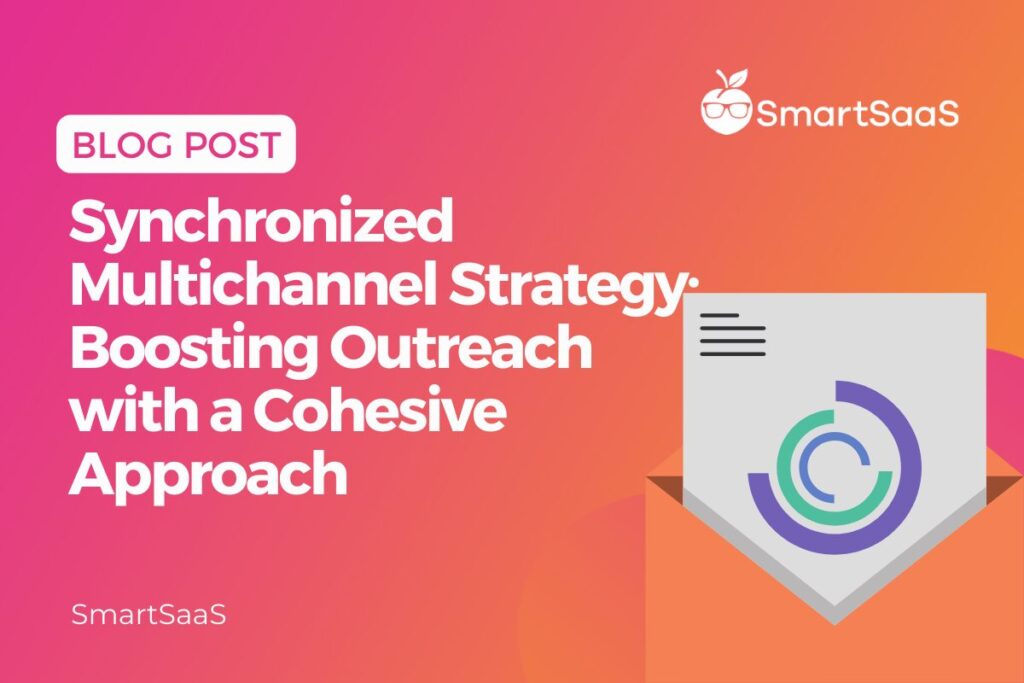
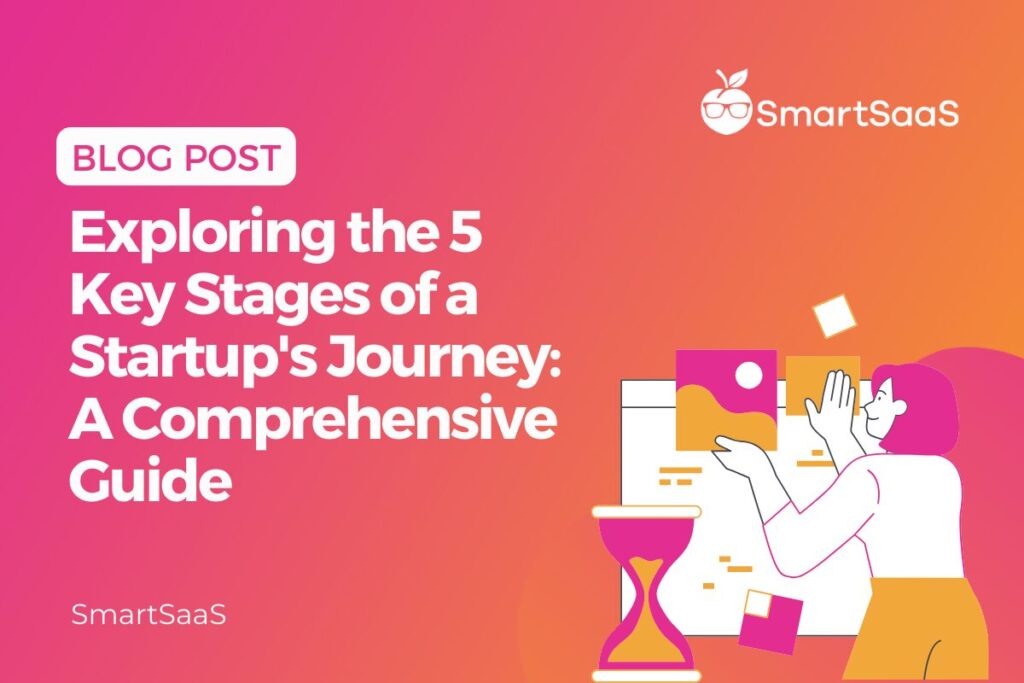
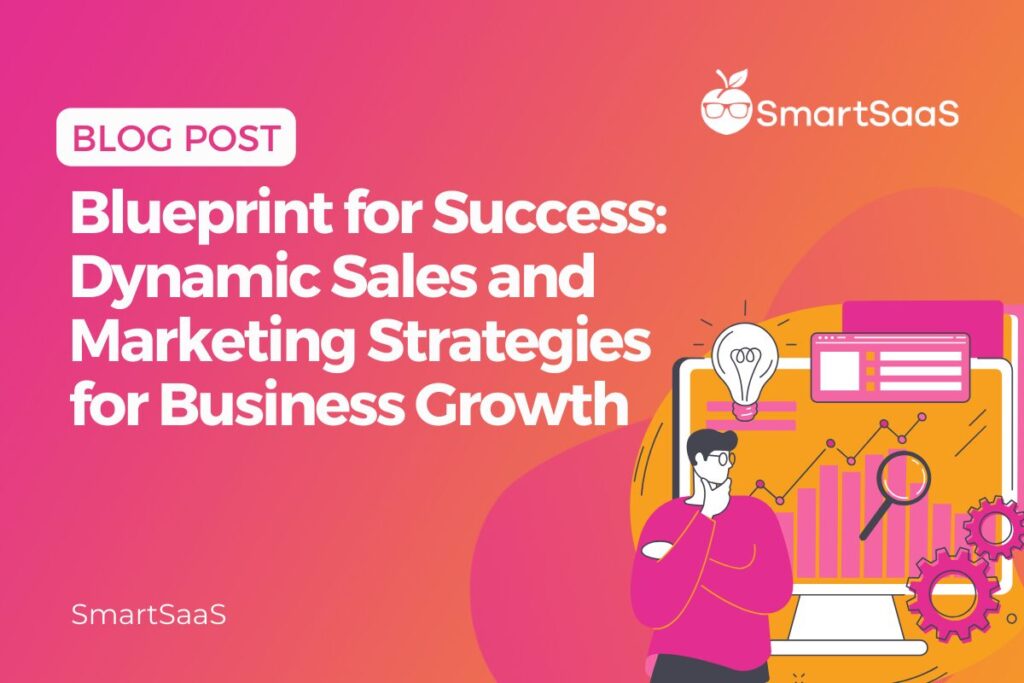
Responses